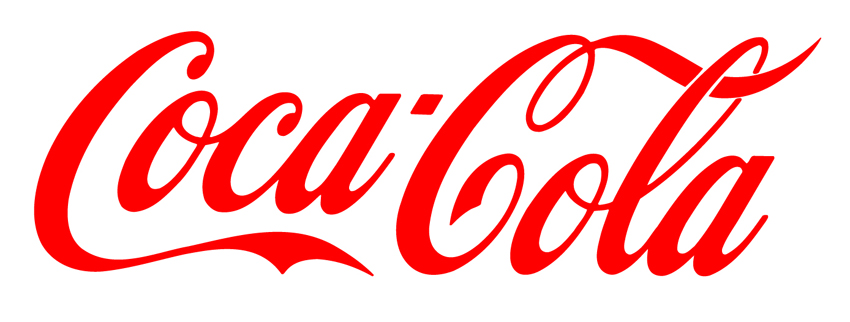Cause Marketing Done Right: Coca-Cola’s Suspension of Brand Advertising in the Philippines

Cause marketing is difficult to pull off successfully – even top marketing firms find this tricky – because it may backfire on your brand if not implemented properly. In Coca-Cola’s case, it is the complete opposite: the giant beverage company is getting praise from the media and on social media for their generous move to help Typhoon Haiyan victims.
Coca-Cola has announced that they will stop brand advertising indefinitely starting November 18. Their ad budget will go to the victims of Typhoon Haiyan
The company’s local units have announced that they will stop brand advertising and redirect their funds towards Haiyan relief aid. Coca-Cola has been lauded for this move by the media, and Facebook and Twitter is abuzz with their announcement, with people praising them for their decision. While they did not mention how much of their brand advertising budget will be redirected towards Typhoon Haiyan relief, they did mention that they would be donating US$ 2.5 million in cash and kind.
Little Online Traction and No Advertising
It’s important to note the reaction of the online world to Coca-Cola’s announcement. Their press release didn’t go viral – it’s been shared over 1,000 times on Facebook and less than a hundred times each everywhere else. As expected, the brand is not promoting this themselves – this would be a major PR blunder if they do.
You should also note that Coca-Cola Philippines and International both have not increased their activity on free channels like social media to make up for their decision to suspend brand advertising in the Philippines indefinitely. They also have not posted anything about their relief operations on their global Facebook page, while the local Facebook page is inactive.
Brand Advertising Suspension as a Message
What makes this move on Coca-Cola Philippines’ part effective?
Brand recall and brand messaging. The suspension of their message is a key component of their brand message, which in turn is relayed via word of mouth, and finally makes its way to social media and the rest of the online world.
What makes this a very good example of cause marketing is:
- Pulling emotional strings and establishing emotional affinity with their branding ad suspension
- Focusing on a specific market – the Philippines
- Brand mention increase since they released their statement last November 18
- Sense of purpose and responsibility by working with Red Cross and DSWD in bringing disaster relief
- Great media coverage, not just in the Philippines but around the world
SocialBakers.com showing Facebook brand mentions for Coca-Cola
Finding the Balance Between Marketing and Goodwill
What Coca-Cola has done is strike a balance between marketing and goodwill. This is a very delicate scale – a little effort and it will be seen as purely marketing, and no effort at all and they won’t raise enough awareness. They have stayed true to their announcement by sending out the press release and staying behind the scenes afterwards, quietly helping out Typhoon Haiyan victims while the rest of the world talks about their bold move. This is integral to their brand messaging and, in fact, is a form of brand advertisement in itself.
On the other hand, they have used their brand and their announcement as an opportunity to raise awareness among other big brands and among their customers that people need help. As their move is documented around the world, their cause is discussed even more, encouraging more people to help out. That is effective cause marketing.




